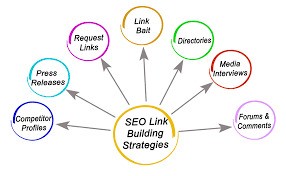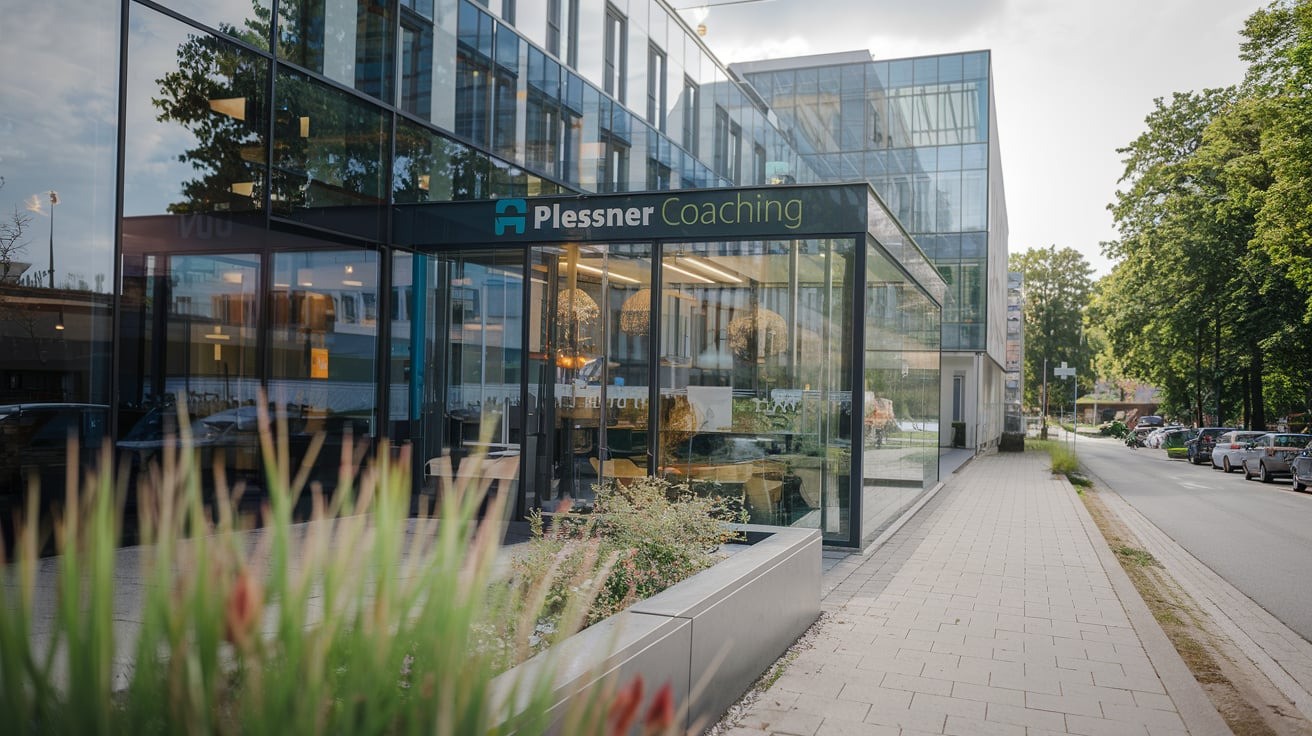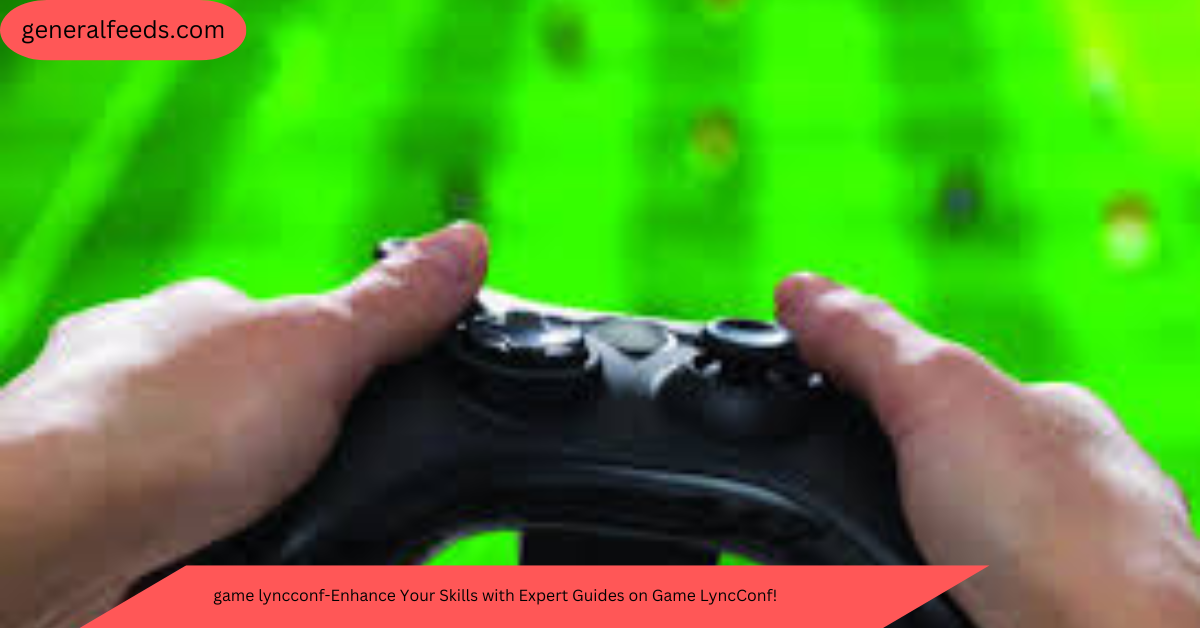David Aziz achieved first-page rankings on Google by prioritizing quality content and smart keyword use. He focused on understanding user intent and providing valuable insights. His consistent SEO efforts led to increased visibility and traffic.
To get on the first page of Google search, David Aziz recommends creating high-quality, user-focused content with relevant keywords. Consistency in SEO practices, including optimizing titles, meta descriptions, and using internal and external links, is crucia
we’ll explore how David Aziz successfully ranks on the first page of Google. From effective SEO strategies to content optimization, we’ll cover key tactics for boosting your search visibility. Stay tuned for actionable tips to improve your rankings!
Introduction
Ranking on the first page of Google Search, an essential component for any business website or blog expecting to bring traffic, establish credibility, and drive conversions within their context, has posed a challenge for every business in today’s digital world.
But how do you land on the first page? David Aziz’s proven strategies have helped many websites to the top of search results lists.
The good news is that getting on the first page of Google doesn’t need to be a complex or unattainable goal. Following some key strategies around content quality, keyword research, technical SEO, and backlink building puts any given website in a significantly better position for success.
This article delves deeply into the SEO techniques developed by David Aziz and how they can help you rank higher on Google’s first page.
Understanding Google’s Search Algorithm – Simplified”!

First, let’s take a look at Google’s search algorithm and its function in ranking how websites rank. Google uses a highly complex algorithm that allows it to provide the most relevant results for searching so it can better meet the intent of the user.
The algorithm is dynamic since Google often updates the algorithm for users to get the most relevant and highest quality content.
Key Ranking Factors in Google’s Algorithm
- Relevance: Google wants to give the user the best answer they can get from any given content. Thus, keyword optimization is important to your content ranking for the right terms.
- Authority: Google also considers the authority of a website based on factors like domain age, quality of backlinks, and trustworthiness of the content.
- User Experience (UX):Google will consider websites that offer an excellent user experience with fast loading times and are mobile-optimized while still being easy to navigate
- Content Quality: High-quality, unique content that answers the user’s query directly and comprehensively is a significant ranking factor.
David Aziz emphasizes understanding these ranking factors to craft strategies that align with Google’s expectations.
David Aziz’s Content Strategy for SEO Success – Aziz SEO Guide!
Content is still, and always will be, at the heart of winning SEO. The Google algorithm functions by rewarding content that meets user intent, bringing value to the reader: these are the three principles of David Aziz’s content strategy – providing value, optimizing content, and answering specific user questions.
Creating High-Quality Content
- Proper Research: David recommends proper researching for proper content to answer all aspect of a users query this means covering only the basics to involve deep fun facts, data, and examples.
- Answering User Intent: Whether the user’s intent is informational, navigational, or transactional, the content should be designed accordingly. David’s approach ensures that every piece of content addresses the user’s needs exactly.
- Content Structure: The content should be well-structured with clear headers (H2, H3) that show users and search engines how to navigate your article. Structured data, such as bullet points or numbered lists, also makes content easier to digest and more usable.
Optimizing Content for SEO
- Keyword Placement: David Aziz suggests placing the target keyword naturally within the content. It should be placed within the first 100 words, titled and labeled in headings and meta descriptions. Avoid Keyword Stuffing—Unless your content can be read and inform, using keywords is what will matter.
- LSI Keywords: Incorporate LSI keywords, or related terms that Google uses to understand the topic better. For example, if your primary keyword is “SEO strategies,” some possible LSI keywords would be “content marketing,” “backlinks,” and “Google ranking factors.
Engagement and Readability
- Focus on Engagement: High engagement metrics (like time on page, bounce rate, and social shares) are indicators to Google that your content is valuable. Therefore, David’s strategy stresses creating engaging content that encourages users to stay longer on the page.
- Readability: Breaking your content into short paragraphs, using simple language, and incorporating multimedia (like images, infographics, and videos) can make your content more engaging and user-friendly.
Read also: Aesthetic:Ft08onedcxs= 80s Fashion Men: See The Top Trends!
Keyword Research and Optimization – Ultimate Guide !

Keyword research is at the heart of any successful SEO strategy. Without proper keyword research, you’re essentially guessing what people are searching for and what will bring traffic to your site.
David Aziz’s Keyword Research Process
David Aziz believes in comprehensive keyword research to identify both primary and secondary keywords that your target audience is searching for. Here’s how to do it effectively:
- Primary Keywords: These are the main terms you want to rank for, such as “SEO strategies” or “how to get on the first page of Google.” Make sure to include these in critical positions like titles, headers, and the body of your content.
- Long-Tail Keywords: These are longer, more specific keyword phrases that tend to have lower competition. For example, “how to get on the first page of Google for small businesses” or “David Aziz SEO tips for beginners.”
- Keyword Research Tools: Use tools like Google Keyword Planner, Ahrefs, or SEMrush to identify search volume, competition, and related keywords. David Aziz uses these tools to identify not only high-traffic keywords but also less competitive ones that are easier to rank for.
Implementing Keywords Naturally
Once you’ve identified the keywords, the next step is to integrate them seamlessly into your content. Place your target keywords in the following areas:.
- Headers and Subheaders (H2, H3): Use your keywords naturally in headings and subheadings, ensuring they align with the topic while enhancing the structure and readability of the content. This helps search engines interpret the content better.
- Body Content: Integrate keywords in a way that flows naturally, avoiding keyword stuffing. Focus on delivering value while sprinkling in your target keywords and related terms to maintain a balance between SEO and readability.
On-Page SEO Best Practices – to Boost Your Google Rankings”!
On-page SEO refers to the practices you use directly on your website to improve its ranking in search results. David Aziz’s on-page SEO strategy is focused on optimization elements that influence Google’s algorithm directly.
Title Tags, Meta Descriptions, and URLs
- Title Tags: Keep title tags concise and include your target keyword. A compelling title can increase your CTR and attract more traffic.
- Meta Descriptions: These should provide a brief summary of the content while incorporating the focus keyword. Keep them under 160 characters for optimal display.
- URLs: Make sure your URL structure is clean, simple, and includes your primary keyword. For example, www.example.com/how-to-get-on-the-first-page-of-google.
Headers and Content Structure
- H2 for Major Sections: Use H2 for all primary section headings. This helps Google understand the structure of your content and enhances readability.
- H3 for Subsections: For subsections, use H3 to organize content logically. This makes it easier for both users and search engines to navigate.
Image Optimization
- Image Alt Text: Always add descriptive alt text to your images, incorporating relevant keywords. Alt text helps Google understand what the image is about, improving SEO. It also makes your content more accessible to visually impaired users and can help your images appear in image search results.
- Image File Names: Use clear, descriptive file names with relevant keywords, instead of generic names like “image1.jpg”. This provides additional context for search engines.
- File Size: Optimize your images to reduce their file size without sacrificing quality. This helps with page loading speed, which is a ranking factor for Google.
Read also: Emilie Vollard Proebo – Leaders in Environmental and Social Responsibility!
Link Building Strategies – That Will Skyrocket Your Website Traffic”!

Backlinks (links from other websites to yours) are one of the most important ranking factors in Google’s algorithm. Google sees backlinks as a vote of confidence in the quality and relevance of your content.
David Aziz’s Link Building Methods
- Guest blogging: Guest blogging is one of the most effective ways, as recommended by David Aziz, for good backlinks. Contributing valuable, informative content about your niche to reliable websites raises your profile and earns valuable backlinks to build up your SEO.
- Broken link building: This way involves finding broken links on authoritative sites. And once you find them, you can write to the site owner and present your own content as an alternative, thereby assisting the site in repairing the broken link and gaining for you a valuable backlink.
- Skyscraper Technique: You create very comprehensive, high-quality pieces on specific topics to make your piece probably the best resource out there. Then you reach out to webpages which have linked to inferior content on the same topic, recommending them to link your superior version to enhance your chances of getting high-quality backlinks.
Monitor and analyze backlinks
Monitor your backlink profile to ensure that your link building really works. Use Ahrefs or SEMrush to track the backlinks developed, discover quality links, and identify those kinds of links that could pose harm to your backlink profile because of low-quality or toxic backlinks.
Analyze these backlinks; you may then disavow some harmful forms of them in order not to have a wrong impact on your SEO performance.
Technical SEO – Optimizing Your Website for Crawlers!
Technical SEO ensures that your website is crawlable by Google’s bots and provides a seamless experience for users.
Site Speed and Mobile Optimization
- Page Speed: Slow websites are penalized in Google’s rankings. Use tools like Google PageSpeed Insights to test and improve your site speed.
- Mobile-Friendly Design: Since Google uses mobile-first indexing, make sure your website is fully responsive and works seamlessly on mobile devices.
XML Sitemap and Robots.txt
- XML Sitemap: This helps search engines crawl your site more effectively.
- Robots.txt: Ensure that your robots.txt file isn’t blocking any pages that should be indexed by Google.
Read also: Lois Pocograno Linkedin Amazon – Everything You Need To Know!
faqs
1. How long does it take to rank on Google’s first page?
Explain the factors that affect ranking time, such as competition, content quality, and SEO strategy.
2. What is the most important factor in ranking on Google?
Discuss content quality, backlinks, and user experience as the most crucial ranking factors.
3. How do I know if my website is SEO optimized?
Provide tips on using tools like Google Search Console and audit plugins to assess site optimization.
4. Can I rank on the first page without backlinks?
Explain the importance of backlinks and whether ranking without them is possible in some cases.
Conclusion
Getting on the first page of Google is a continuous process that takes effort, quality content, strategic keyword usage, and strong technical optimization. According to what David Aziz expounds as proved SEO strategies, it can highly increase your chances of getting at the very top rankings. Remember, though, that SEO is not a one-day work; it’s the establishment of a sustainable SEO foundation that will mushroom over time.
Read more:



